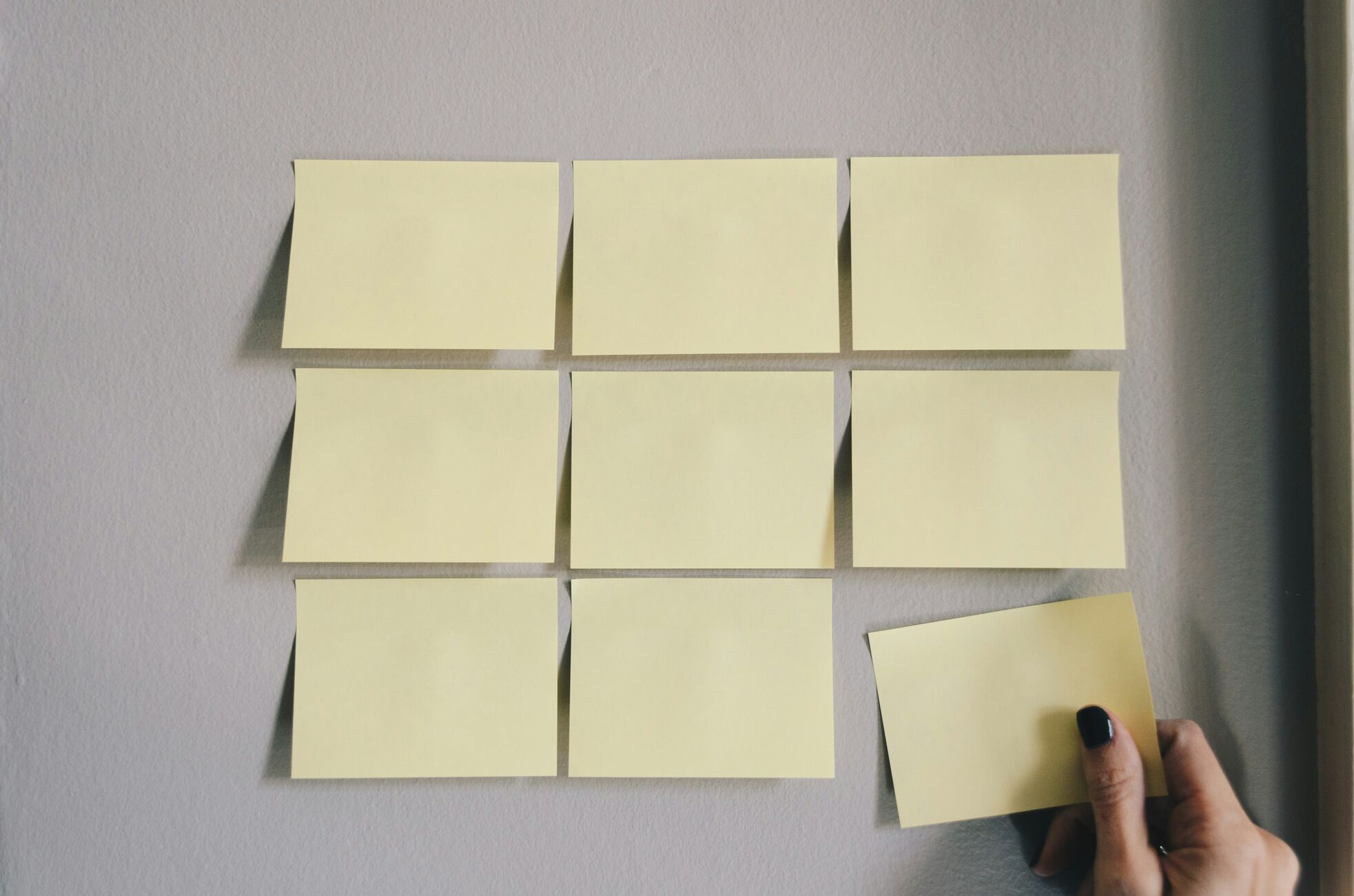Digestive enzymes is a topic frequently tested on the Biology section of the DAT and OAT. Knowing the function of key enzymes, where they are produced, and how they are regulated will translate to easy points come test day. Below, I’ve outlined how food is broken down from the moment of ingestion until it is absorbed in the small intestine.
Food entering the mouth is mechanically separated via mastication (chewing) into more manageable pieces. It is here that carbohydrates are initially hydrolyzed by salivary amylase produced by salivary glands. Proteins and lipids remain intact as they travel down the esophagus alongside hydrolyzed carbohydrate polymers collectively as a food bolus.
After passing through the esophageal sphincter, the bolus enters the stomach, which releases several gastric enzymes. Stomach expansion triggers G cells of the stomach to release gastrin, an endocrine hormone. Gastrin triggers parietal cells of the stomach to secrete hydrochloric acid (HCl), which increases the acidity inside the stomach. This increase in acidity has two important roles: 1) It denatures proteins to expose cleavage sites, 2) It triggers chief cells to release pepsinogen – an important zymogen – which is subsequently cleaved by HCl into its active form pepsin. Pepsin breaks down protein food particles into small peptide fragments. This acidified food mix, known as chyme, passes through the pyloric sphincter into the duodenum of the small intestine.
Acidified chyme is neutralized upon entering the duodenum by another endocrine hormone known as secretin, released by S cells lining the small intestine. Secretin triggers the release of bicarbonate by the pancreas into the small intestine and inhibits HCl release by the parietal cells in the stomach.
Food entry into the small intestine also signals the release of Cholecystokinin (CCK) by cells lining the duodenum. Cholecystokinin can be thought of as a master switch because it initiates intestinal digestion by triggering the pancreas to deposit its mass of digestive enzymes into the duodenum. Protein and carbohydrate digestion continues as pancreatic amylase further breaks down carbohydrate polymers and protesases such as trypsin, chymotrypsin, and carboxypeptidase hydrolyze peptide fragments even further. The pancreas also aids in lipid digestion by releasing lipase to break down emulsified fat molecules (by bile produced by the liver, stored in the gall bladder, secreted into the small intestine). Emulsification of food fat into micelles increases the surface area upon which lipase can act.
The last bit of digestion is carried out by brush border enzymes found outside the microvilli of epithelial cells lining the small intestine, which cleave carbohydrates, proteins, and lipids into their respective monomers. These monomers are finally absorbed by the epithelial cells and delivered throughout the body via the bloodstream.
Get everything you need in one place. Start studying today for free.
















